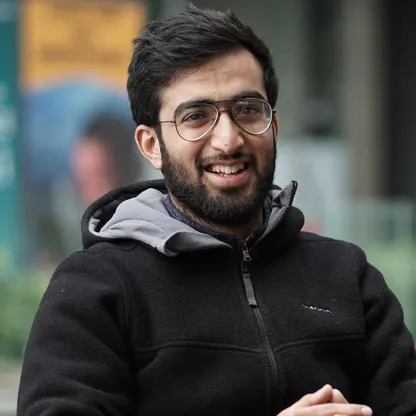Entrepreneurs
Varun Raheja: Revolutionizing Agriculture with Solar Drying Innovation

Varun Raheja, a 25-year-old entrepreneur hailing from Indore, is on a mission to revolutionize Indian agriculture by tackling the pervasive problem of food wastage. Through his pioneering venture, Raheja Solar Food Processing Pvt Ltd, he is leveraging solar drying technology to empower farmers and provide them with a sustainable solution to combat fluctuating market prices and food wastage.
The Challenge of Food Wastage in India
India, despite its global agricultural prowess, grapples with a significant issue: food wastage. Each year, approximately 30% to 40% of the total agricultural production goes to waste at various stages of the supply chain. This situation forces farmers to discard their fresh produce on roads when market prices plummet, leading to substantial financial losses.
The Birth of an Idea:
Varun Raheja’s journey towards addressing this issue commenced when he gained insights into sustainable living and practices at the Jimmy McGilligan Centre for Sustainable Development, an NGO located in Indore. Driven by a passion for alleviating the challenges faced by farmers and reducing food wastage, Varun embarked on a mission to find a sustainable solution.
Harnessing Solar Drying Technology:
Solar drying technology forms the cornerstone of Varun’s innovative solution. To combat food wastage effectively, Varun offers affordable and foldable solar dryers to farmers. These solar dryers empower farmers to create value-added products from their fresh produce, including dried tomatoes, onions, ginger, mangoes, watermelon, rose petals, and more. These products, which would otherwise fetch low prices or go to waste, can now be preserved for an extended period.
Raheja Solar Food Processing’s Holistic Approach:
Varun’s company, Raheja Solar Food Processing, adopts a holistic approach to combat food wastage. The firm not only provides solar dryers to farmers but also purchases the dried products from them. This two-pronged strategy ensures that farmers have the means to process excess produce, reducing spoilage. The processed products, known for their extended shelf life, are then sold to end consumers.
Impact and Expansion:
Since its inception, Raheja Solar Food Processing has made a significant impact. Varun claims that the company has reduced food wastage by 250 metric tonnes across India. By providing farmers with solar dryers and access to markets, the company empowers them to regain control over their produce and minimize losses due to fluctuating market rates.
Going Global:
Varun’s vision extends beyond India’s borders. Raheja Solar Food Processing has expanded its reach to countries such as Indonesia, Bhutan, and Malawi. While the company is still in its nascent stage of supplying dried products globally, Varun is optimistic about its growth prospects. Varun Raheja’s remarkable journey from a young entrepreneur with a vision to the creator of a multi-million turnover company within three years is a testament to his unwavering commitment to solving pressing agricultural challenges. His solar drying technology not only curbs food wastage but also empowers farmers to regain control over their produce. As Raheja Solar Food Processing continues to expand its footprint, Varun’s mission of transforming agriculture and reducing food wastage gains momentum, establishing him as a true pioneer in the agricultural sector.
